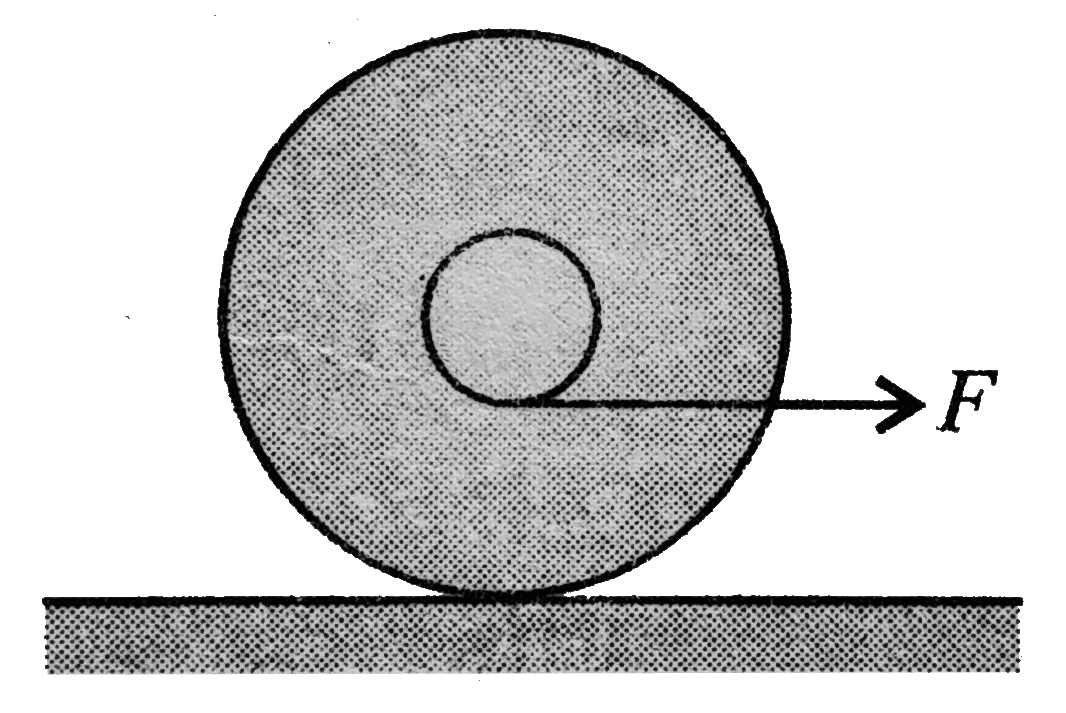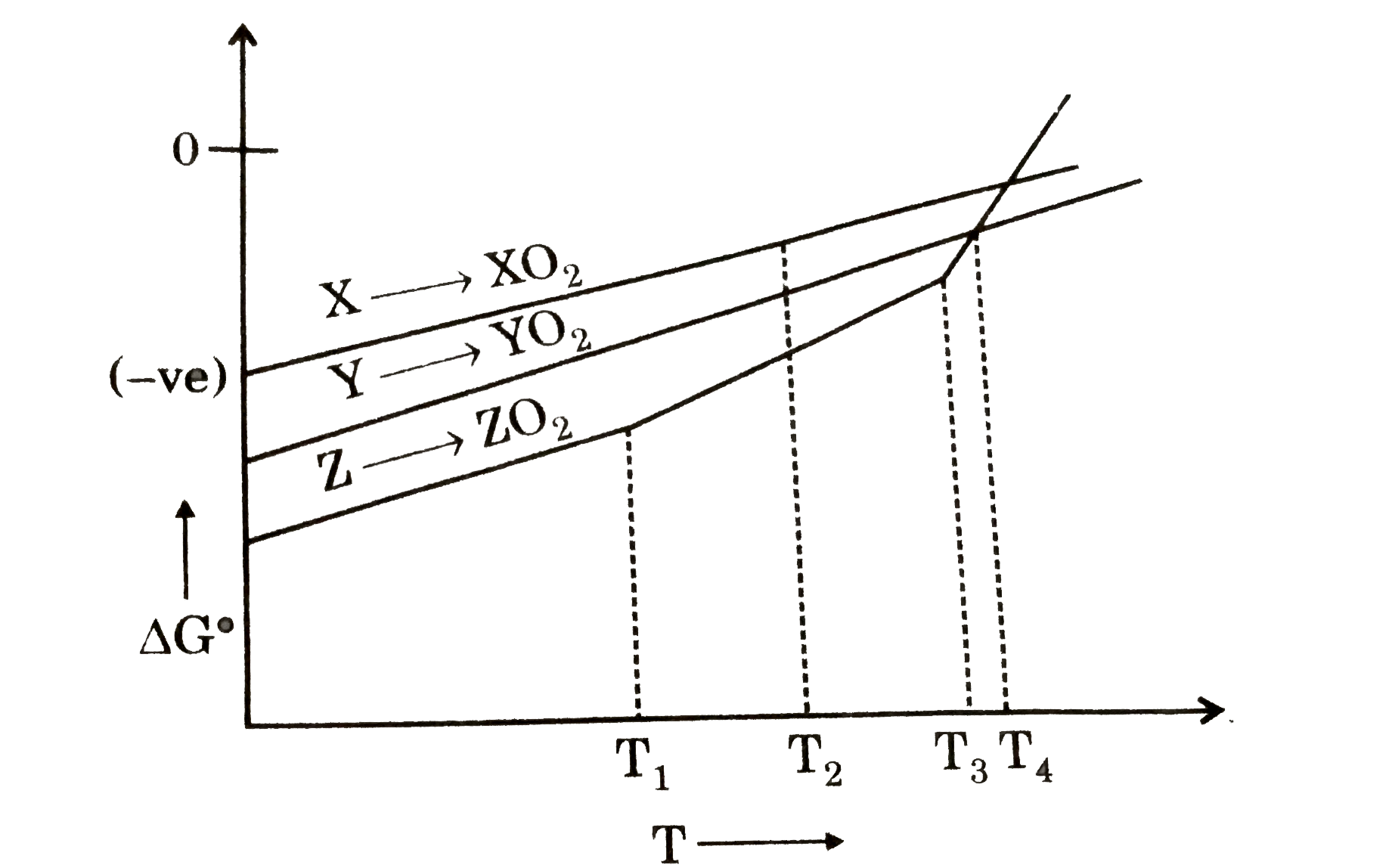In 1980, over San Francisco Bay, a large yo-yo was released from a crane. The 116 kg yo-yo consisted of two uniform disks of radius 32 cm connected by an axle of radius 3.2 cm. What was the magnitude of the acceleration of the yo-yo during (a) its fall and (b) its rise? (c) What was the tension in the cord on which it rolled? (d) Was that tension near the cord's limit of 52 kN? Suppose you build a scaled-up version of the yo-yo (same shape and mate rials but larger). (e) Will the magnitude of your yo-yo's acceleration as it falls be greater than, less than, or the same as that of the San Francisco yo-yo? (f) How about the tension in the cord?
(a) 0.19m/s2, (b) Our result in part (a) applies to both the descending and the rising yo-yo motions, (c) 1.1×103m, (d) Our result in part (c) indicates that the tension is well below the ultimate limit for the cord, (e) As we saw in our acceleration computation, all that mattered was the ratio R/R0 (and, of course, g). So, if it is a scaled-up version, then such ratios are unchanged, and we obtain the same result, (f) Since the tension also depends on mass, then the larger yo-yo will involve a larger cord tension.
Topper's Solved these Questions
- BOOK - RESNICK AND HALLIDAYCHAPTER - RIGID BODY DYNAMICS-IIEXERCISE - PRACTICE QUESTIONS28videos
RIGID BODY DYNAMICS-II
- BOOK - RESNICK AND HALLIDAYCHAPTER - RIGID BODY DYNAMICS-IIEXERCISE - PRACTICE QUESTIONS (More than One Option Correct Type)2videos
RIGID BODY DYNAMICS-II
- BOOK - RESNICK AND HALLIDAYCHAPTER - RIGID BODY DYNAMICS-IIEXERCISE - CHECKPOINT4videos
RIGID BODY DYNAMICS-II
- BOOK - RESNICK AND HALLIDAYCHAPTER - RIGID BODY DYNAMICS - IEXERCISE - PRACTICE QUESTIONS (INTEGER TYPE))3videos
RIGID BODY DYNAMICS - I
- BOOK - RESNICK AND HALLIDAYCHAPTER - TEMPERATURE, ZEROTH LAW OF THERMODYNAMICS AND THERMAL EXPANSION EXERCISE - PRACTICE QUETIONS (Integer Type)4videos
TEMPERATURE, ZEROTH LAW OF THERMODYNAMICS AND THERMAL EXPANSION
Similar Questions
Knowledge Check
- Question 1 - Select One
A yo-yo is released from your hand with the string wrapped around your figure. If you hold your hand still, the acceleration of the yo-yo us -
Adownward, much greater than gBdownward, much less than gCupward, much less than gDupward, much greater than g - Question 2 - Select One
A yo-yo, arranged as shown, rests on a frictionless surface. When a force F is applied to the string, the yo-yo
 Amoves to the left and rotates counterclockwiseBmoves to the right and rotates counterclockwiseCmoves to the left and rotates clockwiseDmoves to the right and rotates clockwise
Amoves to the left and rotates counterclockwiseBmoves to the right and rotates counterclockwiseCmoves to the left and rotates clockwiseDmoves to the right and rotates clockwise - Question 3 - Select One
China' is related yo 'Yuan' in the same ay as 'Japan' is related to '_______'.
ARandBSushiCLiraDYen
Figure shows a uniform disk, with mass M = 2.5 kg and radius R = 20 cm, mounted on a fixed horizontal axle. A block with mass m = 1.2 kg hangs from a massless cord that is wrapped around the rim of the disk. Find the acceleration of the falling block, the angular acceleration of the disk, and the tension in the cord. The cord does not slip, and there is no friction at the axle.
View SolutionA yo-yo has a rotational inertia of 950gcm2 and a mass of 120 g. Its axle radius is 3.2 mm, and its string is 120 cm long. The yo-yo rolls from rest down to the end of the string. (a) What is the magnitude of its linear acceleration? (b) How long does it take to reach the end of the string? As it reaches the end of the string, what are its (c) linear speed, (d) translational kinetic energy, (e) rotational kinetic energy, and (f) angular speed?
View SolutionA yo-yo has mass M 0.550 kg, axle radius R0=3.2mm, and rotational inertia l=3.4×10−4kgm2 about its rotation axis. Assume that the string has negligible mass and thickness.
(a) What is the linear acceleration of the yo-yo as it rolls down the string from rest?View SolutionA yo-yo has mass M 0.550 kg, axle radius R0=3.2mm, and rotational inertia l=3.4×10−4kgm2 about its rotation axis. Assume that the string has negligible mass and thickness.
What is the tension in the string as the yo-yo descends?View Solution
AtT4 temperature, the ΔG for the reactioin Y+ZO2→Z+YO2 is:View Solution
